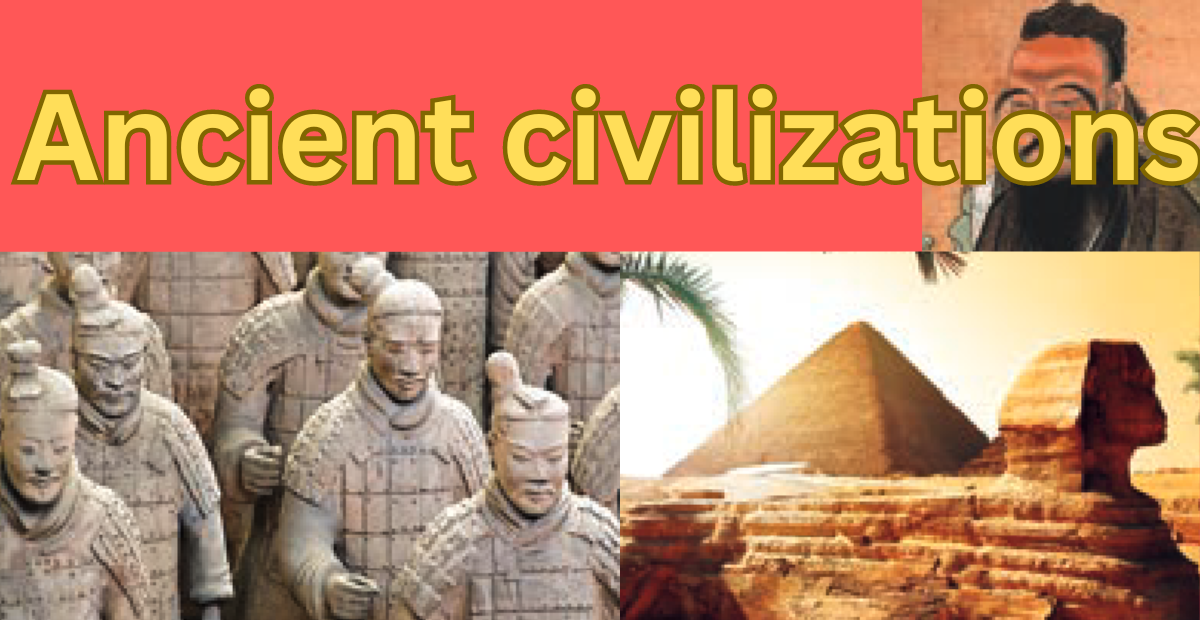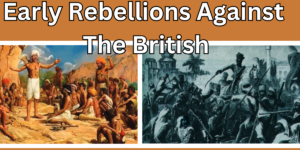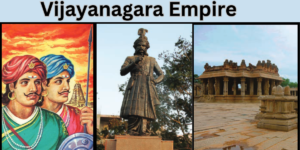Ancient civilizations
Introduction:
Ancient civilizations, Before the empires expanded and the cities moved towards the sky, the best human stories emerged in the cradles of ancient civilizations, from the fertile valleys of Mesopotamia, to the stories of the gigoras kissing the clouds, the stories inscribed with cuneiform on clay, to the lush Nile, where the Pharaohs slept in golden pyramids. The symphony of novelty and intelligence echoed. Throughout the Indus Valley, complex cities murmured in trade, while in the embrace of the Yellow River, dynasties carved their dreams into jades and silks. These ancient communities, though covered with myths and dust, were pyramids and mummies, chariots and secrets of emperors, Whispering the secrets of amazing discoveries and profound philosophies. Through the lens of their traditions, we see the extraordinary energy, boundless curiosity, and enduring spirit that define mankind’s long and vibrant journey. Therefore, we will travel back, explore the heart of antiquity, bring out the echoes of those who dared to create empires, and list the stars. Let’s dream of a bright future with the volcanoes of civilization.
Ancient civilizations Spelling method:
Writing emerged as a significant milestone in human history, with Sumerian writings dating back to 4000 BC.Ancient civilizations Sumerians in Mesopotamia played an important role in the development of writing.In Egypt, the hieroglyphic writing system was developed at the beginning of the third millennium BC.The Harappan civilization also adopted the written form during the same period, but the script remains unintelligible.Chinese civilization has developed its own writing system since time immemorial.In Mesopotamia, Egypt, and the Indus Valley, writing systems all appear at the same time and show human advances at the same time.Although the Harappans have a writing system, the writings used by the Indus Valley Civilization are unread and not fully understood.
Egyptian Civilization:
The Egyptian civilization is one of the oldest known civilizations, which dates back to 3100 BC with the unification of Upper and Lower Egypt .Civilization flourished on the banks of the Nile, which played an important role in agriculture, transportation and the overall prosperity of the region.The Egyptians are renowned for their impressive architectural achievements, including the Great Pyramid, one of the seven wonders of the ancient world, especially in building the pyramids in Giza.The fertile Nile flood allowed for successful agriculture, and the Egyptians created a calendar based on sophisticated irrigation methods, crop rotation and annual flooding of the Nile River.
The Egyptians made significant contributions to art, creating intricate paintings, sculptures, and hieroglyphics. Their writing method was applied to hieroglyphs, religious texts, monumental inscriptions, and administrative documents.The Egyptians exhibited advanced knowledge in a variety of fields, including medicine, mathematics, and engineerin.Religion was a central feature of Egyptian life, the divinities of gods and goddesses.Egyptian society was structured in hierarchy, on top of pharaohs, followed by nobles, priests, writers, craftsmen, and peasants. Slavery was there, labor was arranged for large construction projects.
The Egyptians exchanged goods such as gold, ivory, and papyrus and engaged in extensive trade with neighboring areas.The decline of Egyptian civilization is often attributed to factors such as foreign invasions, changes in trade routes, and civil wars.Located in northeast Africa, it is bordered by the Red Sea (east) and the Mediterranean Sea (north).It grows on the Nile River, which flows from Lake Victoria to the Mediterranean.Referred to as the “donor of the Nile River” by Herodotus due to the annual fertile sedimentary deposits.Alluvial soil activated agricultural surpluses and created Egyptian civilization.Fertile agricultural land thanks to the Nile River deposits.
Pharaohs, Society and Administration:
The Egyptian king, also known as Pharaoh, was regarded as a divine force and played an important role in Egyptian society and administration.Under Pharaoh, there were various officials, including viziers, governors, local mayors, tax collectors, and more than 61,000 This hierarchical system was extended to craftsmen such as inscriptions, masons, potters and carpenters.The land belonged to the king, and it was distributed among the officials. Although slavery was not common, the captives were sometimes used as slaves.
Vijier served as an administrator overseeing the provinces under Pharaoh’s rule.The Egyptians believed in life after death, paving the way for the practice of mummification to protect bodies, and in the posthumous period pyramids and tombs were built to protect the pharaohs.The tomb of the famous Pharaoh Tutankhamun, located in kings valley, contained precious sacrificial objects. His mummy’s gold mask, decorated with precious stones, is a remarkable artifact of Egyptian civilization.
Agriculture and Commerce:
He cultivated various crops including wheat, barley, fruits, vegetables, papyrus and cotton.Khadita was used to design reed mats, slippers and eventually paper.He practised cattle rearing with cows, sheep, goats and pigs.He hunted wild animals for food and resources.They kept domesticated animals such as dogs, cats and monkeys.Established trade links with Lebanon, Greece, Phoenicia, Palestine and Syria.Valuable goods such as labis lazuli (derived from Afghanistan) such as gold, silver, ivory and precious blue stone were imported.
Art and Architecture:
The Egyptians were proficient in architecture, sculpture, painting, and other art forms, and their writing system evolved from hieroglyphics and even pictorial representations.The pyramids, the gigantic structures built as the tombs of the Pharaohs, stand testimony to their architectural prowess. The Giza pyramids near Cairo are particularly famous.The Sphinx, a massive limestone sculpture with a lion’s body and human face, is another masterpiece that showcases their talent in sculpture.
Religion and Beliefs:
The Egyptians worshipped many gods and goddesses, and Amon, Ray, Seth, Doth, Horus, and Anubis were the main figures.Rhee, the sun god, held the highest position in the Pantheon, and later merged with Amon to become the supreme deity.
Science, Literature:
The solar clock, the water clock, and the mirror were invented by the Egyptians.They created a calendar based on the sun, 12 months, each with 30 days, adding five additional days at the end of the year.Literary works cover various subjects such as mathematics, astronomy, medicine, magic and religion.Mastery in painting, sculpture, pottery, music and weaving revealed the artistic and cultural achievements of the Egyptians.The peak achievements of civilization date back to about 4200 BCE, demonstrating a rich and advanced culture in ancient times.
Writing system :
The Egyptian civilization is famous for its hieroglyphic writing system.The hieroglyphic script was used in seals, monuments, and various objects.Heretic writing, a form of the hieroglyphic script, was used for general communication.Religious writing is a pictorial writing style called pictogram, which dates back to 3000 BC.Numerous books and manuscripts were written using the hieroglyphic script.Examples of this script are on display at the British Museum in London.
Chinese Civilization:
The Huang-ho River (Yellow River) and the Yangtze River are notable rivers in China.The Yellow River changed its course and was known for causing frequent floods, which earned it the name “The Scourge of China”.Evidence of paleolithic peking man from 700,000 to 200,000 years ago has been found in China.Yuanmao man is another remarkable archaeological discovery.Between 4500 BC and 3750 BC, Neolithic communities lived in China.Neolithic village evidence has been discovered in Henan Province (Yellow Plain) and yangtze river plain.China initially had several city-states.Over time, these city-states eventually became part of larger empires.
Political organizations and emperors:
Shi Huang T, also known as Qin Shi Huang, founded the Qin Dynasty, which marks the imperial period of China (221-206 BC).Shi Huang Ti insisted on his imperial authority and held the prestigious title of “Son of Heaven”.Shi Huang Di, born in 221 BC, ruled as the first emperor of China until 212.It captured neighboring territories and small kingdoms and brought about the unity of China.He successfully defeated the feudal nobility and established a mighty empire.He ordered the construction of the Great Wall of China against nomadic invasions from outside.Roads were built throughout the empire to facilitate communication and connectivity.He destroyed the fortifications of many kingdoms as part of military conquests.
Hon Dynasty (A.D. 206 – 220):
- Hon Dynasty (A.D. 206 – 220) Marked a significant period in Chinese history.Emperor Hu Ti (Hon Wu) expanded the empire and built public amenities, including irrigation tanks.
- Emperor Hu Di Zhang sent Qian as an emissary, which led to the opening of the Silk Road in 130 BC.During the reign of Emperor Zhang (A.D. 75-88), China benefited greatly from the Silk Road, developing trade links.
- Around 166 A.D., during the reign of the Roman emperor Marcus Aurelius, the popularity of Chinese silk among the Romans shows the success of the Silk Road.Hundreds of clay toy sculptures discovered in China are believed to represent the army of China’s first emperor, Qin Shi Huang.
- Buried with the emperor in 210-209 BC, these sculptures are located in the tomb of the king, 35 km from Xi’an in Shanxi Province , to the north-east of the foothills of Mount Lishan.
Philosophies and Literature:
- Lao Zhou (604-521 BC), the founder of Taoism, insisted that desire was the root cause of suffering.
- Confucius ( 551-497 BC) was a political reformer who advocated personal and family virtue as the foundation for social harmony.
- Mencius ( 372-289 BC), another prominent philosopher, travelled throughout China to advise the rulers.
- Mo Di (Mod Ju) and Tao Chin (AD). 365-427) were influential Chinese philosophers and poets who made considerable contributions to Chinese civilization.
- Sun Xu, a Chinese military strategist, wrote ‘The Art of War’, a famous book on military tactics and strategy.
- ‘The Spring and Autumn Anals’ was recognized as the official Chinese government book providing historical records.
- The ‘Medical Canons of the Yellow Emperor’ is considered to be the oldest medical text of China, which was formalized during the Han Dynasty.
Chinese characters:
- The ancient Chinese developed a writing system, initially using pictorial symbols.
- Over time, the Chinese writing system evolved from pictorial symbols to a more symbolic form.
- The development of the Chinese writing system has a long history and is important for understanding Chinese culture and communications.
Conclusion:
Ancient civilizations, the cradles of novelty and progress scattered all over the world, stand testimony to mankind’s enduring strength and ingenuity. From the tall pyramids of Egypt to the intricate writings of Mesopotamia, their traditions are agriculture, architecture, Whisper stories of pioneering advances in astronomy and administration. Though long hidden within the fog of time, their influence resonates in our modern world, shaping the structure of law, philosophy, and even society. When their monuments disintegrate and empires disintegrate, the spirit of the ancient world lives on. A key spark forever in the pursuit of knowledge and the boundless passion that defines the meaning of being human.





Pingback: Mesopotamian Civilization,deitie,Science,Administration for UPSC